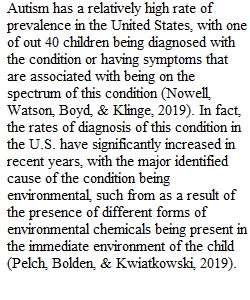


Q Grant Proposal – Peer Reviews By Day 1 of Week Five, the instructor will send you two de-identified grant proposals to review for this assignment. You will play the role of a grant reviewer by reading and giving feedback to two other students’ grant proposals (proposals will be assigned at random). The Grant Proposal – Peer Reviews • Must be three to six double-spaced pages in length (not including the title or reference pages) and formatted according to APA style as outlined in the Ashford Writing Center (Links to an external site.). • Must address the following areas of the proposal you are reviewing: o Specific Aims: Does the proposed study seem adequate to achieve these specific aims? o Background: Does the literature review justify the need for the study? Are there any gaps or missing data in the literature review? o Significance: Does the proposed study improve scientific knowledge, technical capability and/or clinical practice? o Proposed Study: Does the proposed study methodology answer the hypotheses listed in the Background section? Is the proposed methodology sufficient to achieve the stated specific aims? • Must include a separate title page with the following: o Title of paper you are reviewing o Reviewer’s name o Course name and number o Instructor’s name o Date submitted • Must use at least one peer-reviewed source in addition to the course text. • Must document all sources in APA style as outlined in the Ashford Writing Center. • Must include a separate reference page that is formatted according to APA style as outlined in the Ashford Writing Center.
View Related Questions